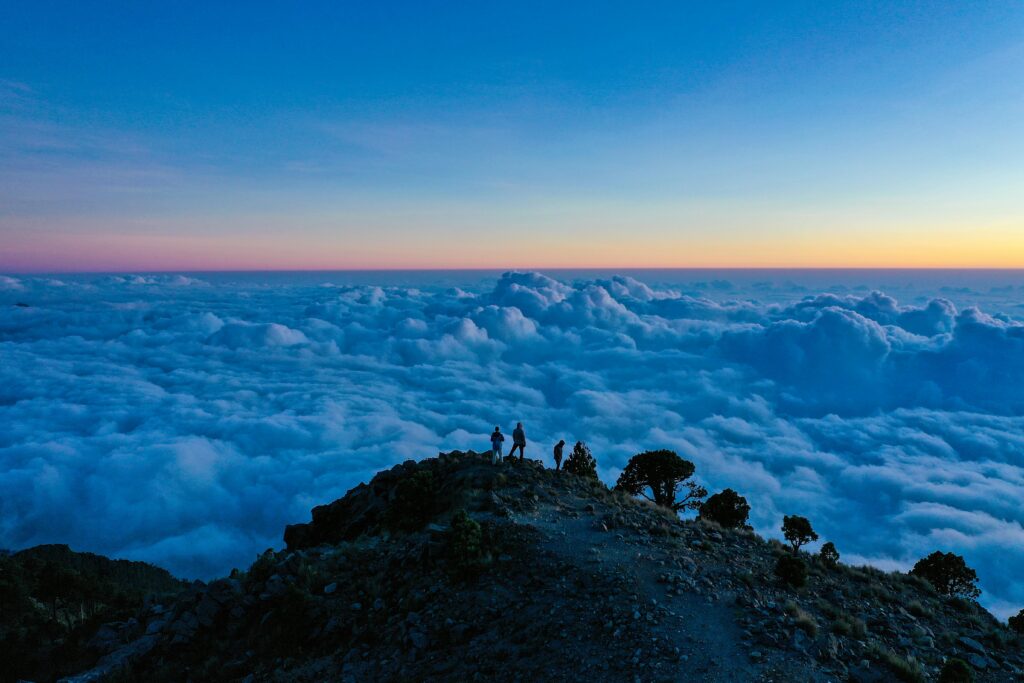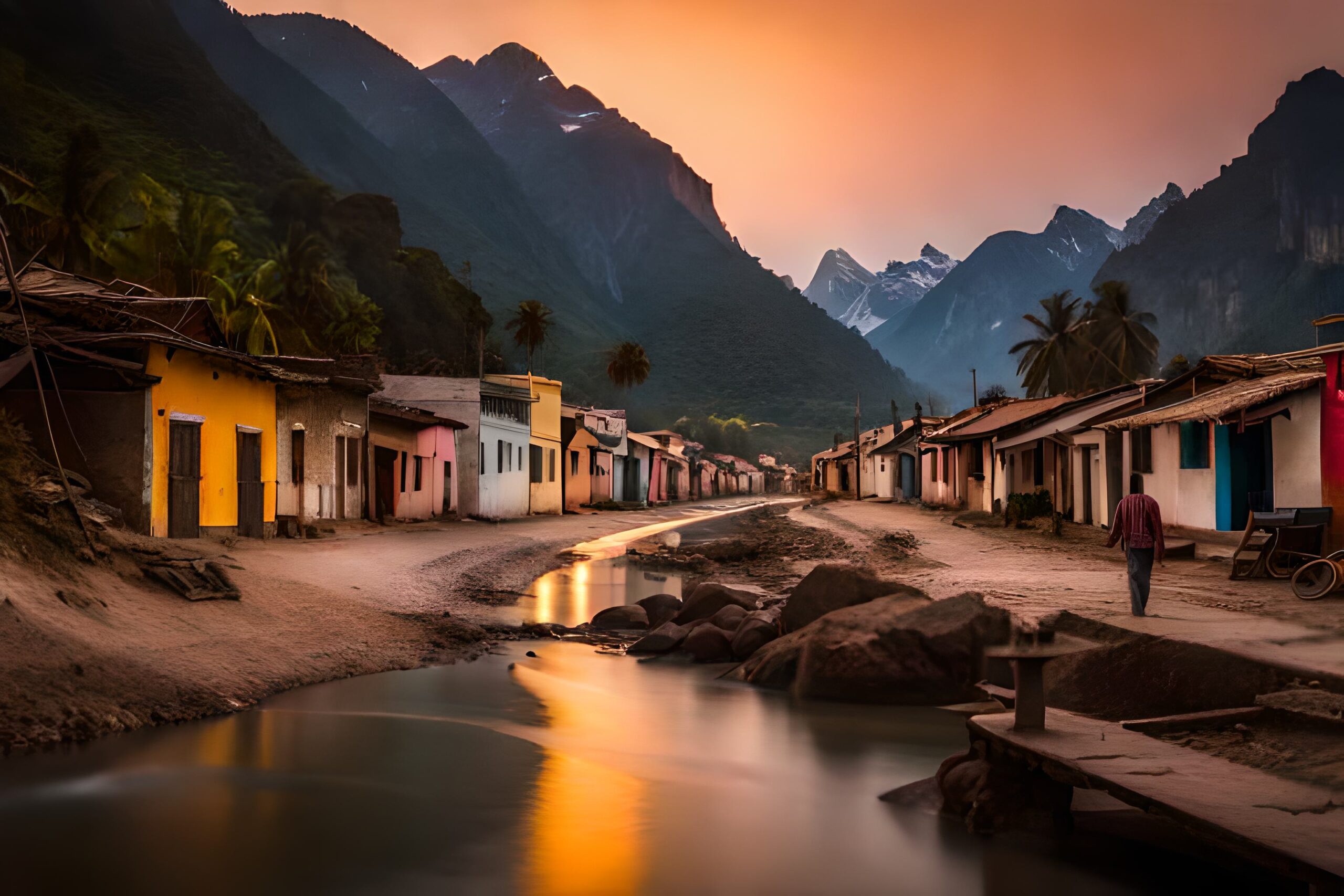Optimal Times for Visiting South America
When planning a trip to South America, the timing of your visit can greatly influence your experience. The continent’s diverse climates and landscapes mean that the best time to visit varies depending on your destination and activities. Generally, December to March, the Southern Hemisphere’s summer, is ideal for outdoor adventures. This season offers the perfect conditions for hiking in Patagonia, snorkeling in the Galápagos Islands, and exploring Buenos Aires. Conversely, June to September, the cooler and clearer winter months, are preferable for visiting Machu Picchu and the Atacama Desert.

Understanding South America’s Climate and Activities
The continent’s varied geography—ranging from the lush rainforests to arid deserts—means there’s something to do year-round. For instance, Colombia’s Caribbean coast, the wetlands of Brazil, and the Andean highlands offer distinct experiences depending on the time of year. To help navigate these options, a month-by-month climate guide can be invaluable, detailing regional weather patterns and optimal activities.
Month-by-Month Climate Guide
January
In January, South America enjoys peak summer, characterized by warm temperatures and minimal rainfall. This is a superb time for outdoor activities. Patagonia, Chilean Wine Country, and Uruguay experience temperatures between 20°C and 30°C (68°F to 86°F), perfect for hiking, vineyard visits, and lake exploration.
February
February continues the summer warmth, with temperatures ranging from 25°C to 30°C (77°F to 86°F). It’s an excellent month for cultural experiences like the Rio de Janeiro Carnival, known for its vibrant street parties. However, avoid high Andean regions such as Machu Picchu, where summer rains are prevalent.
March
March signals the end of the peak tourist season, making it a great time to visit popular spots like Torres del Paine National Park with fewer crowds. Mendoza and the Chilean wine region are bustling with harvest festivals. Daytime temperatures typically range from 20°C to 25°C (68°F to 77°F), offering pleasant conditions for sightseeing.
April
April ushers in the dry season across many South American regions. Central America, including Costa Rica, Guatemala, and Belize, becomes lush and vibrant, enhancing visits to Mayan ruins and beaches. Average temperatures from 20°C to 30°C (68°F to 86°F) make it an ideal time for wildlife and archaeological tours.
May
As the Andes enter their dry season, May becomes optimal for visiting Ecuador, Bolivia, and Machu Picchu. Temperatures ranging from 15°C to 25°C (59°F to 77°F) are comfortable for urban exploration in Quito and Cusco. Additionally, the Galápagos Islands remain favorable for snorkeling as the warm water season concludes.
June
June marks the beginning of the cooler season, especially in Patagonia, Tierra del Fuego, and Ushuaia. While mornings can be chilly, Machu Picchu enjoys sunny days. This month also initiates the high-water season in the Amazon, ideal for cruises and canoeing due to easier access to the forest’s intricate waterways.
July
July is perfect for visiting South America’s tropical regions, such as Misiones and Iguassu Falls, where humidity is lower and temperatures are milder. In Central America, the rainy season may bring occasional showers, but sunny periods are still common across Costa Rica, Panama, Belize, and Guatemala.
August
August often brings rainier conditions to Belize, Guatemala, and southern Mexico. In southern Patagonia, temperatures drop to their lowest, leading to some lodge closures. However, Ecuador and Peru remain excellent travel destinations with low rainfall and clear skies, making this a good time to explore these regions.
September
September signals the start of spring, though it can be a transitional period. Patagonia remains cold, with daytime temperatures around 8°C (46°F). Nonetheless, this is a prime time for whale watching in Peninsula Valdes, Argentina, as it coincides with calving season for southern right whales.
October
By October, spring’s influence becomes more pronounced in southern South America. Torres del Paine National Park bursts into color with blooming spring flowers. Mexico’s Day of the Dead celebrations also offer a vibrant cultural experience. In the Amazon, October is part of the dry season, making it ideal for nature walks.
November
November represents a transition from the dry to the rainy season in many regions. Central America stays relatively dry and quieter compared to December. With temperatures ranging from 20°C to 30°C (68°F to 86°F), it’s a pleasant time for exploration, with occasional showers.
December
December marks the onset of summer, with temperatures ranging from 25°C to 35°C (77°F to 95°F). It’s a great time to experience bustling cities like Buenos Aires, Santiago, Rio de Janeiro, and Cartagena, where outdoor cafes and lively cultural events are in full swing.
Best Activities by Season
South America offers a range of activities throughout the year. Here are some top recommendations based on the seasons:
- Summer (December to March): Enjoy vibrant city life in Buenos Aires, Santiago, and Rio de Janeiro, embark on outdoor adventures in Patagonia, and snorkel in the Galápagos Islands.
- Autumn (April to May): Participate in Mendoza’s harvest festivals, explore archaeological sites in Peru with mild weather, and enjoy lush landscapes in Central America.
- Winter (June to August): Experience whale watching in Peninsula Valdes, explore the Amazon’s high-water season, and appreciate clear skies and mild temperatures in Ecuador and Peru.
- Spring (September to November): Witness Patagonia’s spring blooms, partake in Mexico’s Day of the Dead celebrations, and travel through quieter Central American regions.

Specific Recommendations
- May–September: Ideal for hiking the Inca Trail in Peru with dry, comfortable conditions.
- June–September: Best for exploring the Amazon Rainforest when lower water levels facilitate wildlife spotting.
- December–May: Optimal for snorkeling in the Galápagos Islands due to warmer waters and clearer visibility.
- January–March: Perfect for experiencing the mirror effect on Bolivia’s Uyuni Salt Flats after heavy rains.
- June–December: Prime whale spotting season at Peninsula Valdes, Argentina.
- March–May: Visit Iguazu Falls in Argentina and Brazil for impressive water levels and milder weather.
- March–November: Enjoy stargazing in Chile’s Atacama Desert with clear skies.
- November–March: Best period for hiking in Patagonia, with favorable weather and extended daylight hours.
visiting South America offers a plethora of opportunities to experience diverse cultures, landscapes, and adventures. By carefully considering the best times to visit, you can tailor your trip to maximize enjoyment, whether you’re exploring the Amazon Rainforest, hiking through Patagonia, or enjoying the vibrant festivals of Rio de Janeiro. Each season provides unique advantages for visiting South America, ensuring that your journey will be unforgettable. As you plan your itinerary and anticipate the incredible experiences ahead, what will be your top destination for visiting South America?

